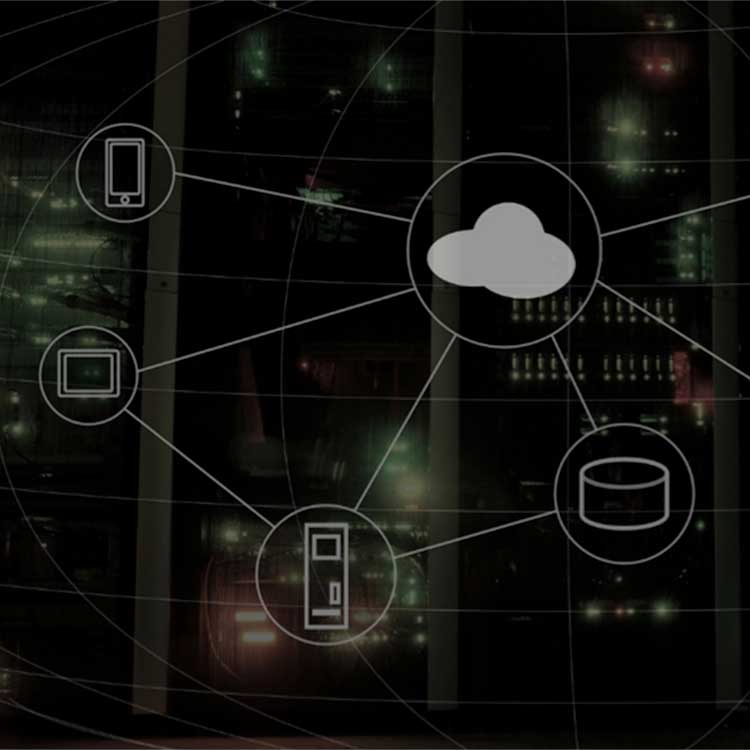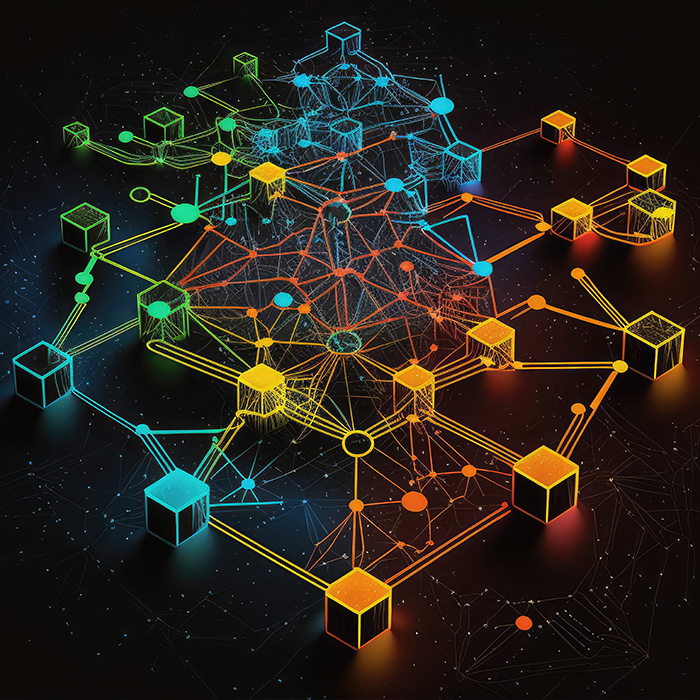Part of the challenge is that there is no more walled garden when it comes to connectivity and interoperability. Different services and apps from varying vendors must be connected together for many modern web services, such as Alexa, to function.
“All of these things are getting aggregated into a single experience if you look at something like Alexa integration in your home,” Raghavan said. “There's so much complexity behind a simple statement that you've told Alexa. All of these things are being enabled for the user through APIs.”
Since so many elements need to connect to provide these types of web services, the importance of a user-friendly enterprise UX in APIs becomes critical to enabling developers in turn to create better experiences for customers.
“There's no longer one company building one product and providing all the services,” Raghavan said. “Look at the iPhone for example. Why did the iPhone take off? The iPhone took off because even a three-year-old could understand it. The beauty of the iPhone is in its simplicity.”
Unlike the iPhone, which was able to develop a superior UX through centralized design, modern technologies like Alexa rely on the interconnectivity of services and applications to ensure their functionality and a consistent user experience. But Raghavan asked: with so much attention and focus on the consumer customer experience, why is the enterprise customer experience getting left behind? Why exactly are developers having trouble making APIs that are easier for other developers to use and implement?
“Unfortunately, APIs have not gotten there because APIs are produced by developers and consumed by developers,” he said. “Their simplicity of use is definitely ignored. There is an increased focus in the enterprise to make graphical user interfaces simple, because the app economy has forced that.”
Designing APIs with a UX Mindset
Developers tend to only think about meeting functionality needs when developing an API, said Raghavan. They are not really stepping back and thinking of how someone else uses the API and interfaces with it. This is not surprising, since it’s just not in the mandate or mindset of many developers to think about UX. The rub comes when this lack of design empathy in API development impacts the ability to use APIs to deliver better customer experiences across the enterprise.
“As an engineer, when I'm writing an API, I shouldn't be thinking about me,” he said. “I should be thinking about how you would want to use the API. It should be as simple as possible for you to get your job done.”
To Raghavan, empathetic design means creating APIs with the consumer in mind.
“I call it designing APIs with a UX mindset,” he said. “We need to build empathetic APIs for consumers who have real world problems to solve. We want them to focus on their problems.”
He said a good, empathetic API is invisible to the user.
“Every company, including enterprise companies, is now saying that they want to be an API-first company,” he said. “With more applications and services coming into play, people are realizing that they shouldn’t build everything on their own. Instead, it’s best to consume a mesh of services that somebody has already developed.”
If developers want more people and businesses to use their application, Raghavan said they need to be diligent about how the application will be used by others, and make sure the app’s ability to work with any other applications is seamless. Empathetic APIs bring simplicity and harmony to our increasingly interconnected digital world.
Brian Carlson is a contributing writer. He is Founder of RoC Consulting and was Editor-in-Chief of CIO.com and EE Times. Follow him on Twitter @bcarlsonDM
© 2019 Nutanix, Inc. All rights reserved. For additional legal information, please go here.












